It is one of the few fixtures in football that is referred to by its number, but what happened the first time Liverpool met Everton back in 1893?
Meetings between the two sides were once labelled ‘The Friendly Derby’, with families, households and even neighbouring seats at matches featuring a mixture of Reds and Blues not uncommon.
Hostility and tension have increasingly crept into the encounters in more recent years, and it remains one of the first games fans look out for when the fixtures are released in the summer.
Liverpool Football Club were formed in 1892, after founder John Houlding left Everton following his loss in a vote of confidence from members.
Without knowing it at the time, he had created a club that went on to become the most successful in English football history and, with it, one of the sport’s oldest rivalries.
Competitive edge
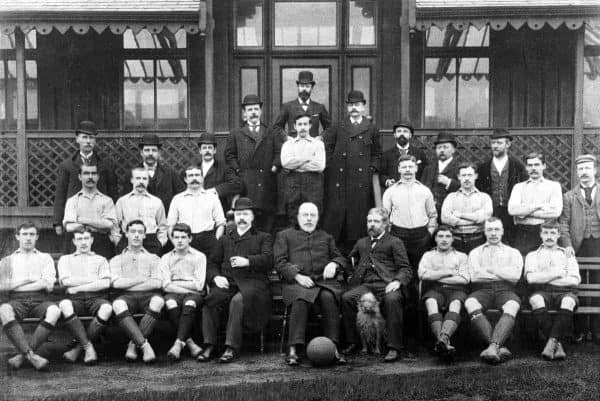
The first ‘official’ meeting between the two clubs came in 1894, when Everton ran out comfortable 3-0 winners in the First Division at Goodison Park.
It wasn’t, however, the first time they had lined up against each other.
That came in the 1893 Liverpool Senior Cup final, when an Everton ‘combination’ team faced the Reds for the first time since Houlding split from the club the previous year.
The fact that the Blues’ side compromised predominantly of players from their ‘reserves’ team didn’t alter the competitiveness of the contest, with strong tackles flying in from both directions from the outset.
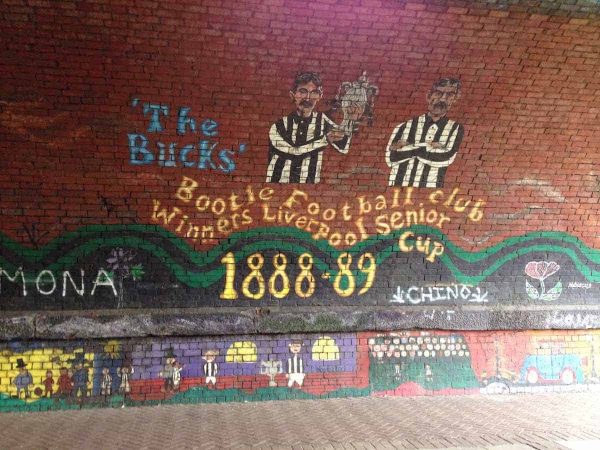
In front of around 10,000 spectators at Hawthorne Road – Bootle’s home ground – the Reds took the lead shortly after the half-hour mark when Tom Wyllie drove the ball low beyond Everton goalkeeper Richard Williams.
Remarkably, Wyllie was one of only three players in Liverpool’s ‘Team of Macs’ whose name didn’t fit the billing.
Liverpool XI: McOwen, Hannah, McLean, McCartney, McQue, McBride, Wyllie, McVean, Miller, M. McQueen, H. McQueen
His was to be the game’s only goal, with tough conditions including high temperatures and winds causing the half-time break to be elongated.
The Reds thought they had doubled their lead in the second period, until their free-kick was ruled out by referee Herbie Arthur, and the officiating drama didn’t end there.
Late controversy
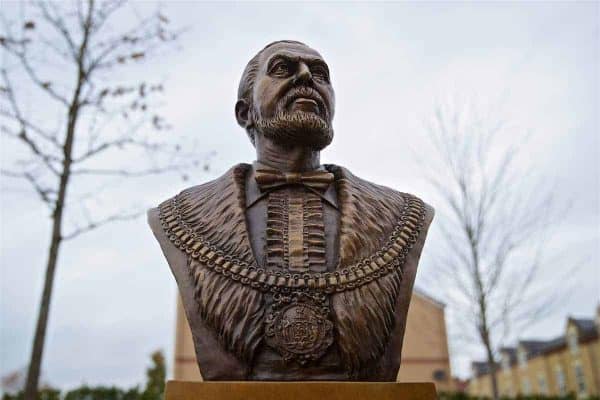
Everton pushed for a late equaliser and saw their appeals for a penalty turned down in the dying minutes, after arguing that a cross had been punched away by a Reds defender.
Instead, referee Arthur awarded a drop-ball, only to blow the final whistle seconds later amid protestations from the blue contingent.
Everton‘s complaints about the competency of the officiating led to Liverpool not being awarded the Senior Cup trophy until after their appeal was heard in a meeting two days later.
Upon reviewing the incident, it was deemed that the Reds were indeed warranted the trophy, which was presented to them at Anfield after their next game against Preston.
Grudges from refereeing decisions on both sides are often raised to this day, so it is somewhat refreshing to hear that this has always been the case!
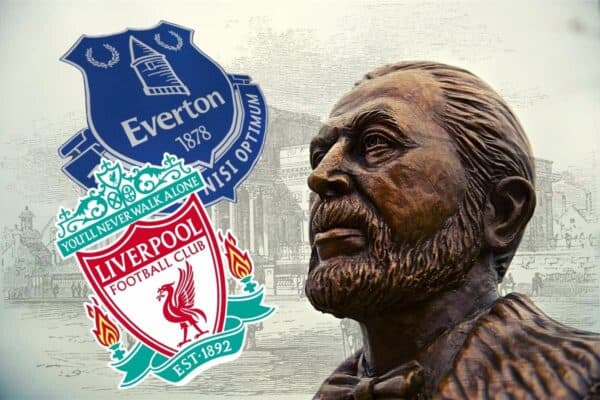



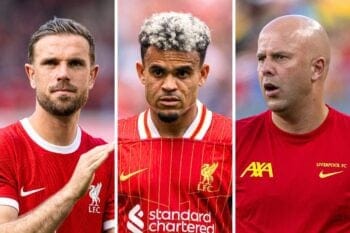
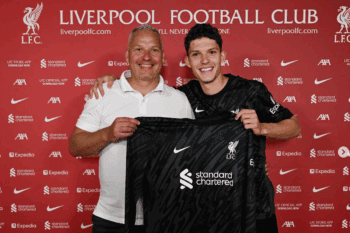






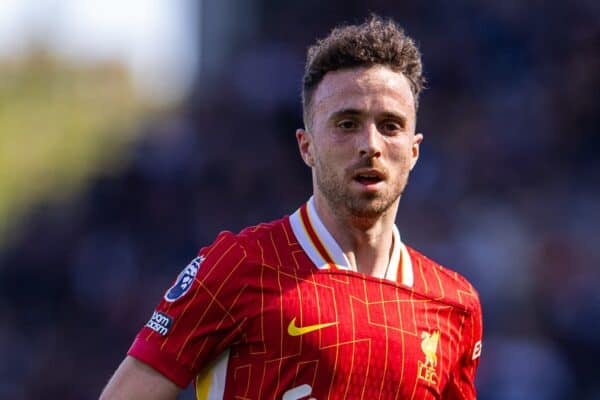
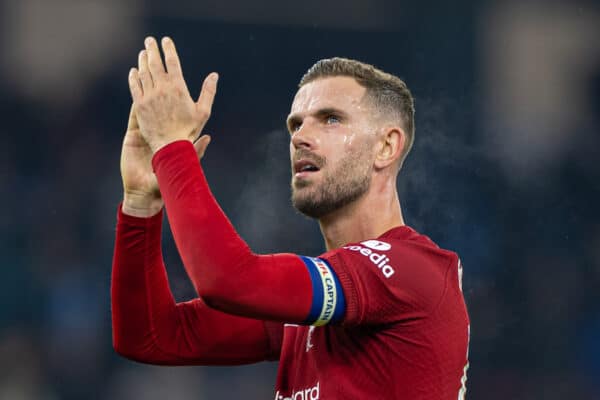



Fan Comments